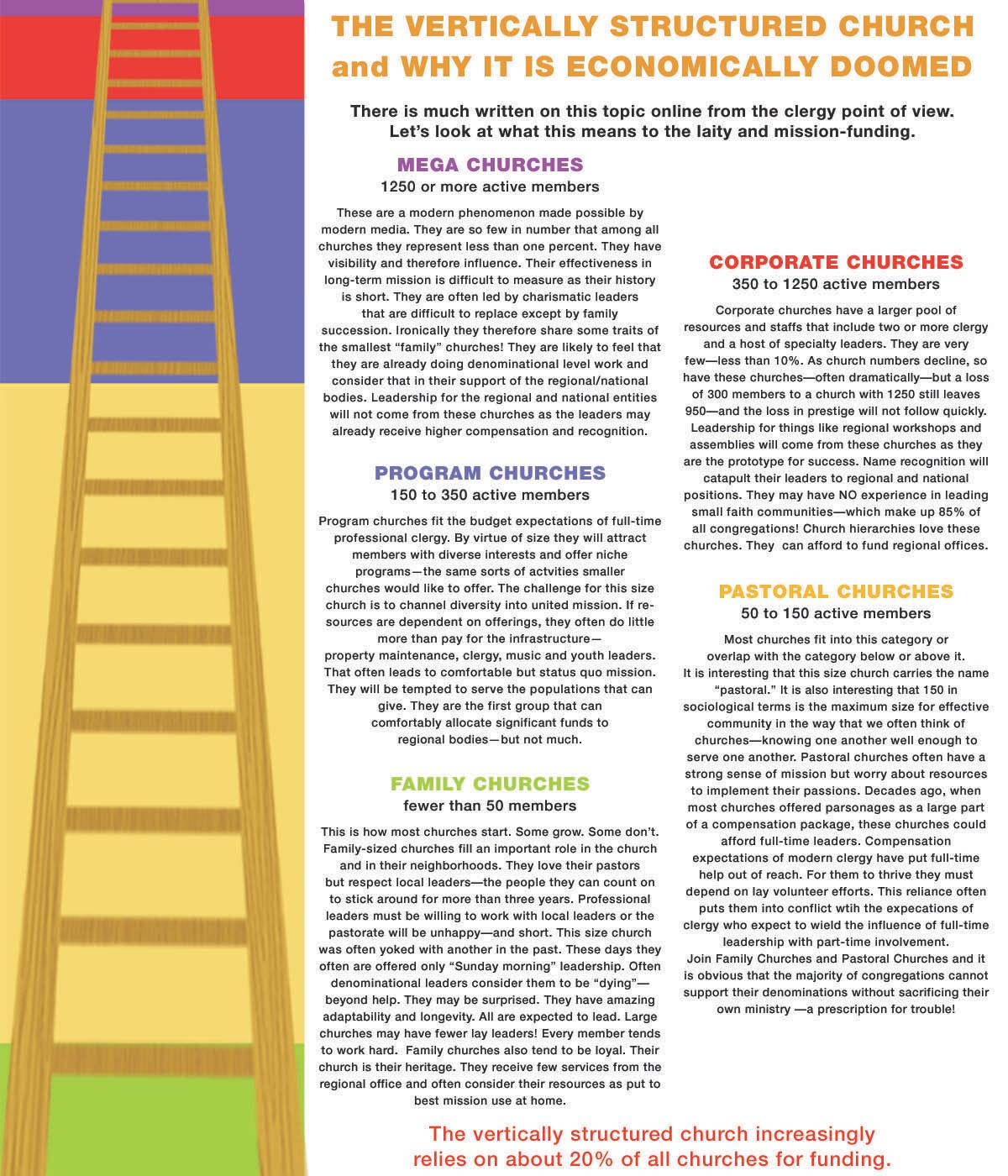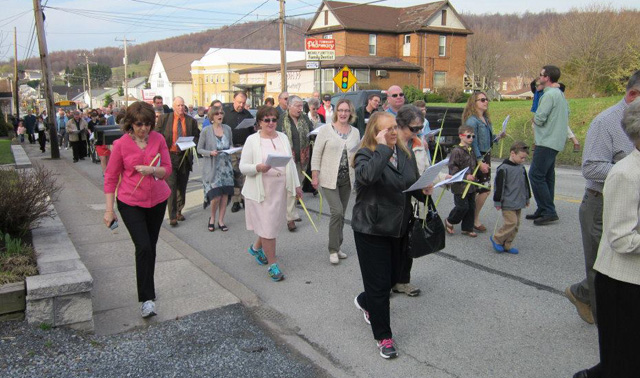 Two seminaries are about to merge in the Evangelical Lutheran Church in America.
Two seminaries are about to merge in the Evangelical Lutheran Church in America.
The future of seminaries is a grim reflection of the state of the mainline Church.
The Lutheran Seminaries at Gettysburg and Philadelphia tried to merge when the ELCA was founded almost 30 years ago. The last few decades have been hard on seminaries as class sizes have shrunk. This may not be as problematic as it seems. The rate of church closures creates fewer positions for traditional pastoral service.
The temptation to merge for managerial benefits again arises. I hope it is not the typical mistake of failing to understand church math—where 1 + 1 often equals 0.
A few weeks ago, the Rev. Dr. David Lose, president of the Philadelphia Seminary, sent a letter asking for input on what the new seminary arrangement would look like. What do we expect from our seminaries?, the letter asks.
David and I come from the same ministerial heritage. We are cousins. That’s probably why I opened the letter from the seminary.
The request for input was a refreshing surprise—not the usual solicitation.
The agencies of the church are often isolated from the parishes that fund them. They have become better at defining their own needs then addressing the needs of the congregations. So I answered his request from the viewpoint of small churches.
- Train seminarians to serve small congregations. The statistics show that as many as 90% of congregations are small (fewer than 250 members). The needs of small churches are different from medium or large congregations only in that we can’t afford more than one person to meet ministry challenges. It is always disturbing when I visit larger churches for worship and see as many as four full-time pastors working the chancel. Small churches are lucky to have a dedicated pastor for more than 20 hours of service a week. The chances of growth and success are practically nil. Yet most seminarians can look forward to serving small churches. Pastors need strategies specific to small church needs.
- Evangelism is a desperate need. That means pastors must be trained to work outside the pulpit. When small churches can call only part-time pastors, evangelism is rarely the priority. We need strategies to cross this hurdle.
- Train the laity. Frankly, with usually only part-time leadership, we laity usually hear that it is our job to attract members. If that is the case, we need the skills to succeed. We are not the same laity of 50 or 100 years ago. Most church members these days have college educations. Today’s job market increasingly requires graduate degrees. Many of these skills overlap pastoral skills. The internet makes theological information available to anyone. We no longer need pastors to educate us. The need is more to help us focus our skills, needs and insights as community.
- Develop an entrepreneurial mindset among clergy. It is foundational to evangelism. Congregations must create funding streams outside of offerings (my current project!). This is possible, but pastors need to create networks outside the Church, which leads to the next suggestion.
- Train pastors to interact in the world outside of Church. The Church tends to isolate itself in the community—an odd result of our nation’s founding tenet that the government cannot make laws affecting the church. The prohibition from working together with government and independent agencies is largely self-imposed. This has caused a loss of status for the Church in modern society. The early years of our nation found the Church at the forefront of service in society—creating schools, hospitals and service agencies. We have allowed the government and private non-profits to take over. They have easier access to public money. Church members who are inclined to lives of service find their efforts more effective and more valued outside of the Church. A loss for Christianity.
- Train pastors in church procedure. Congregations suffer when church procedure is not followed. Two of many examples: We had a pastor who insisted he could just add names to our membership roster without ever presenting the names to the congregation council as all constitutions state. Another pastor thought it was OK to call a second pastor with only the congregational council approval. Laity are always at a loss when poorly trained pastors take actions that are rightly challenged. Gossip takes over quickly. Most of it will spread without input from the congregation.
- Stress pastoring as much as theology. Train pastors to spend more time listening than preaching.
- Train pastors in modern ministry which is not likely to look much like ministry 50 years ago. They must deal with nonmembers as much as members if the Church is to grow.
- Every pastor must have internet skills to collaboratively develop the voice of the congregation (not their personal voice). No excuses! I suspect that the higher numbers of seminary candidates entering as second careers may be motivated by the desire to avoid the changes of the modern workplace. This is a loss to the Church that desperately needs to embrace modern technology for the sake of both mission and survival.
That’s the list I returned to the seminary, I would add the need to work directly with congregations to create recruitment opportunities.
What would you suggest?








